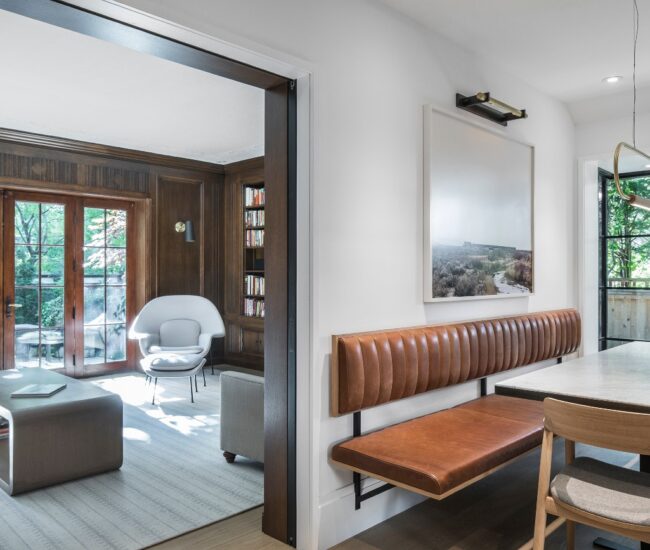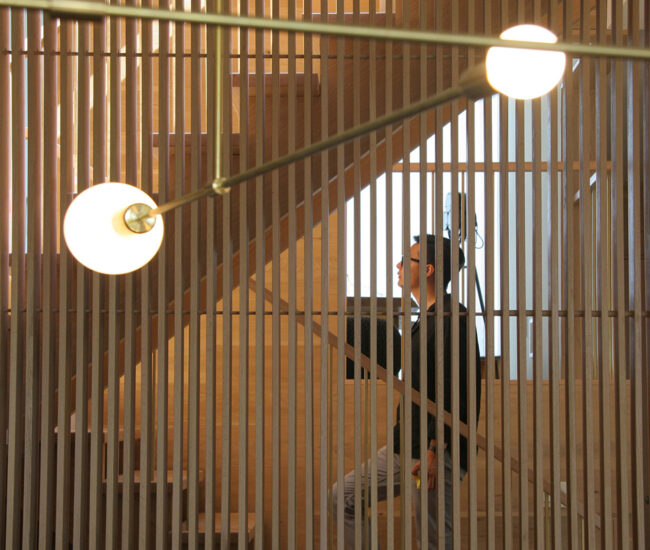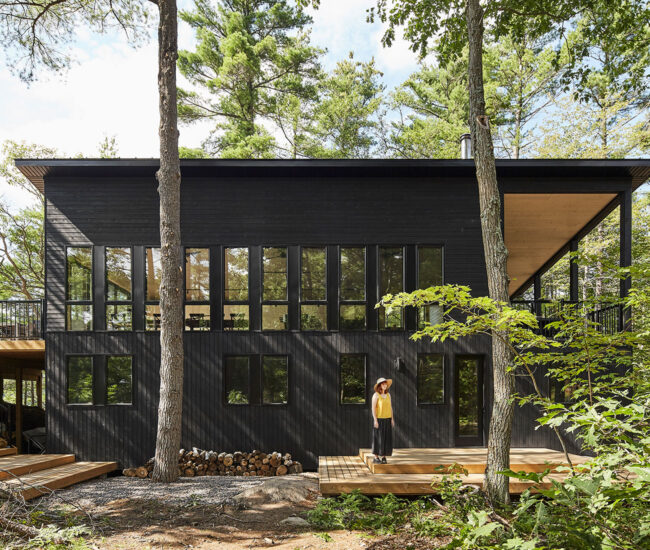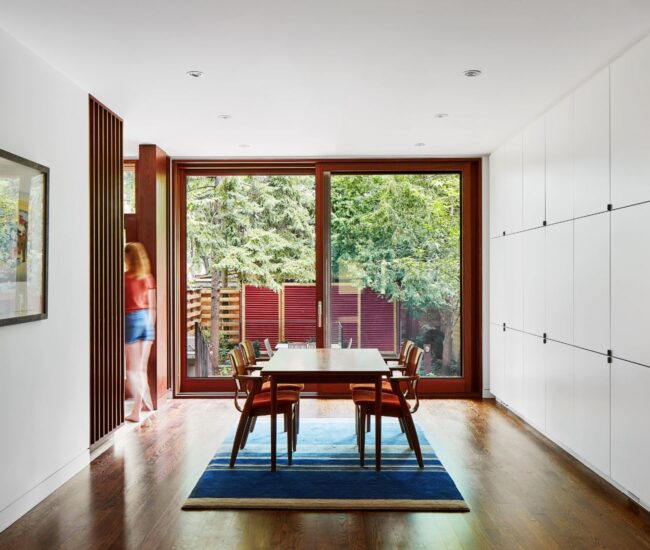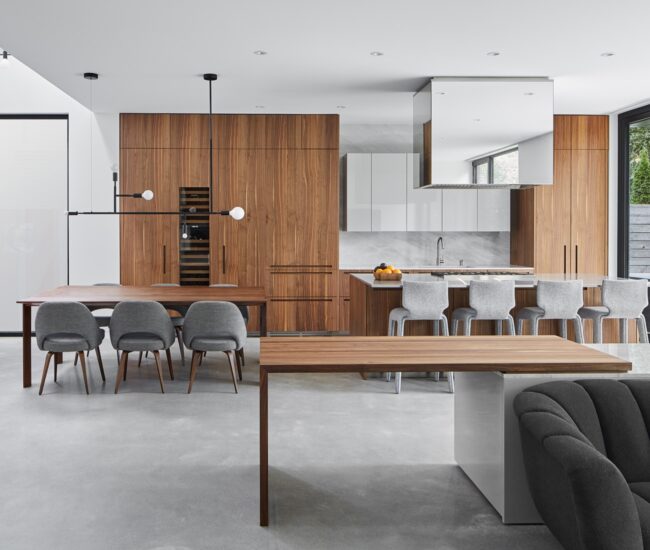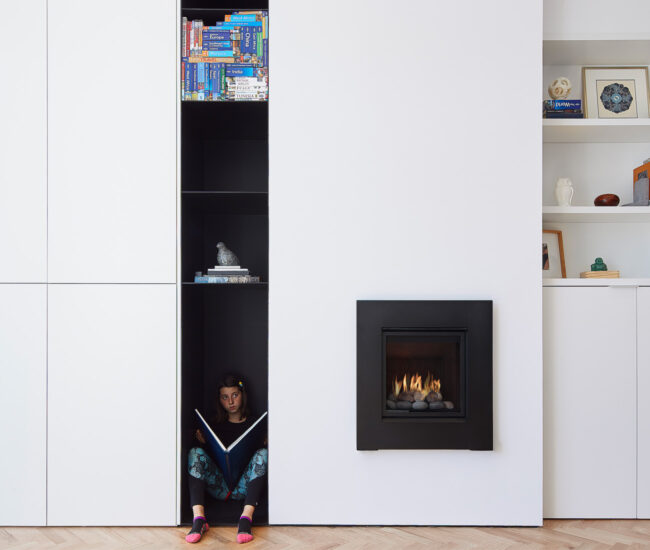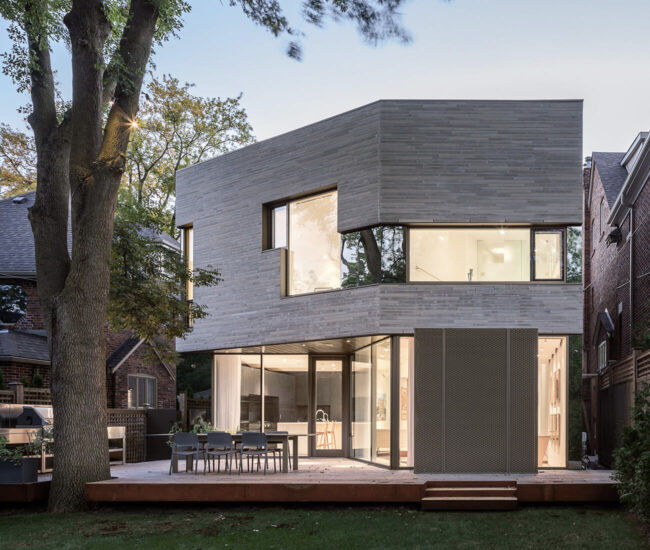Few designers have the chance to express their mid-life exuberance the way John Tong does with +tongtong, his new firm. After 20 years at 3rd Uncle Design, which he co-founded, Tong wants to work more playfully, transparently and collaboratively – with an emphasis on materials and textures. You see and feel this the moment you enter his Gladstone Avenue studio.
“There’s not a front-of-house, where you walk into a glassed-in boardroom and it’s all sparkly,” says Tong. His clients do not want pristine showpieces; whether it’s a shop or a home, they’ll “inhabit the space, use it, brush up against it.” Instead of a typical minimalist box, his studio is more like a workshop. In just 12 months, Tong has taken on eight commercial, residential and hospitality projects, and evidence of all that work is displayed on the walls, floors and every available horizontal plane of his open-concept atelier – a riot of two-metre tall presentation boards, scale models, prototypes and tile, wood and stone samples. Staff work and draw (yes, actually sketch by hand) at large desks with tilting table-tops. These back onto bleacher seating, which hold material samples until client presentations when they’re cleared for employees to sit on (clients typically sit at the table).
This fluid approach makes sense for Tong, who wants to concentrate as much on objects as spaces – first by refining a concept with a unique material palette, then by distilling a project all the way down to furnishings that encapsulate the experience of the room. Some of the objects will also go into general production, with the goal that design ventures live on.
For Long House, a recent residential commission, Tong took inspiration from his clients’ Native art collection and the property’s rugged ravine-side lot. He selected cedar shake cladding for the large, assertive structure; each shingle was hand-dipped in tar to protect and modernize the facade. For the fireplace, the kitchen island and a sideboard, he chose a flint-like, fractal shape. A triptych of triangular, tar-dipped cedar pendants will hang from the ceiling – this he hopes to put into production.
Annie Mesenge is another +tongtong client. Her playful store Annie Aime is the Ossington strip answer to her more straightedge Yorkville boutique: “I wanted colour, lightness; something moveable, changeable.” To complement a graffiti-esque background of bright, drip-shaped paintings by Pascale Paquette, Tong designed simple, bold, almost cartoonish clothing racks that emphasize their three-dimensionality while bridging the organic-industrial gap. A hit with designophiles here and abroad, Tong is testing prototypes in order to put them on the market. He’d like to do the same with his “Mooncake” dining tables whose removable tops serve both as dinnerware and trays, an object he conceived while figuring out how to best serve 150 courses at a crowded Design Exchange fundraiser. Inspired by lunar landscapes, the Mooncake’s topography points back to Tong’s fundamental concern with texture. To ignore the tactility of material is to ignore a big part of what it means to live with design. Practical, original, exuberant. This is John Tong 2.0.
Originally published in our Spring 2014 issue as A Touch of Texture.

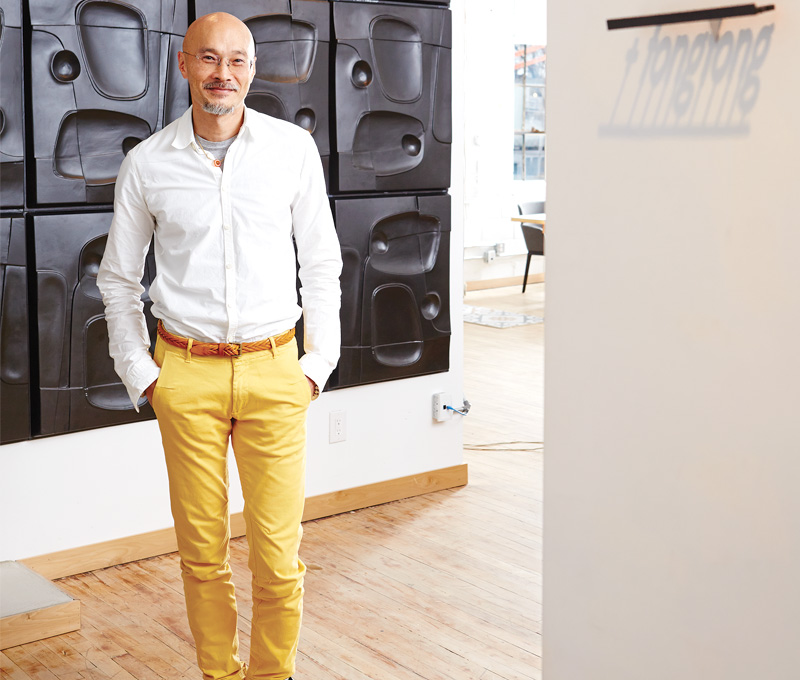

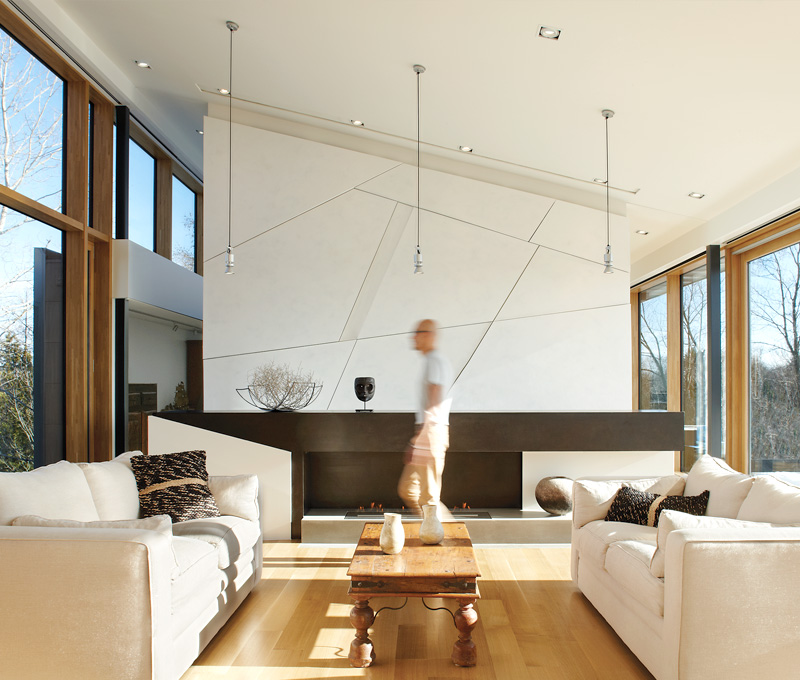
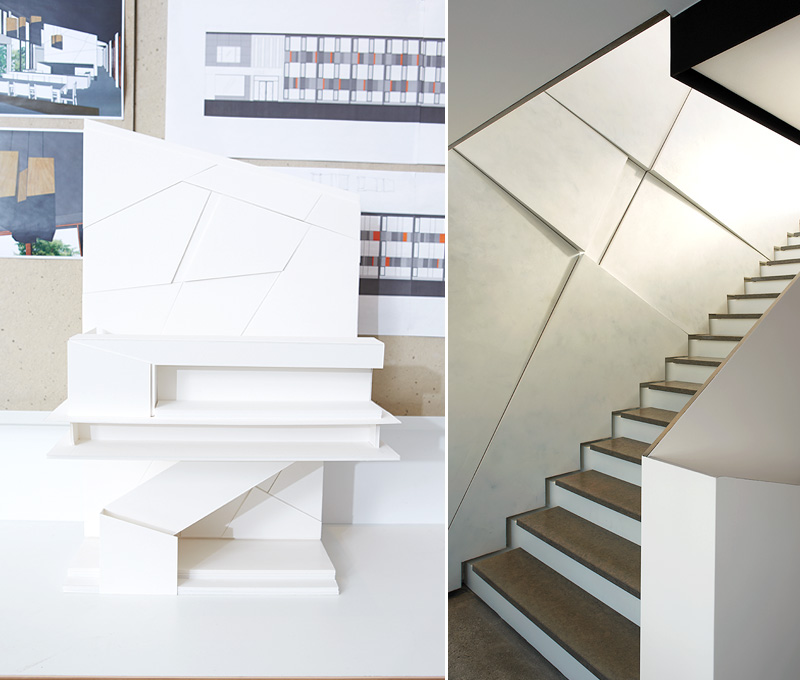
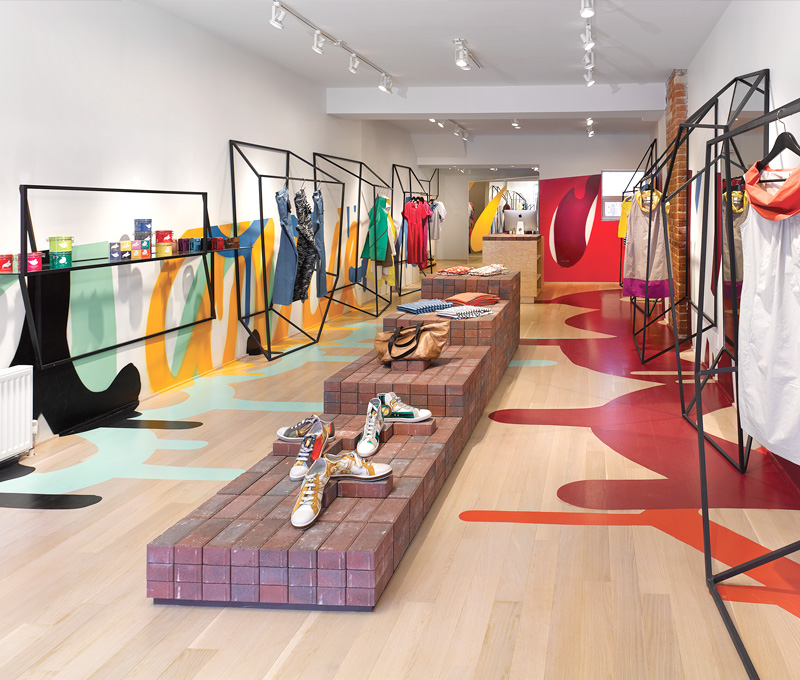
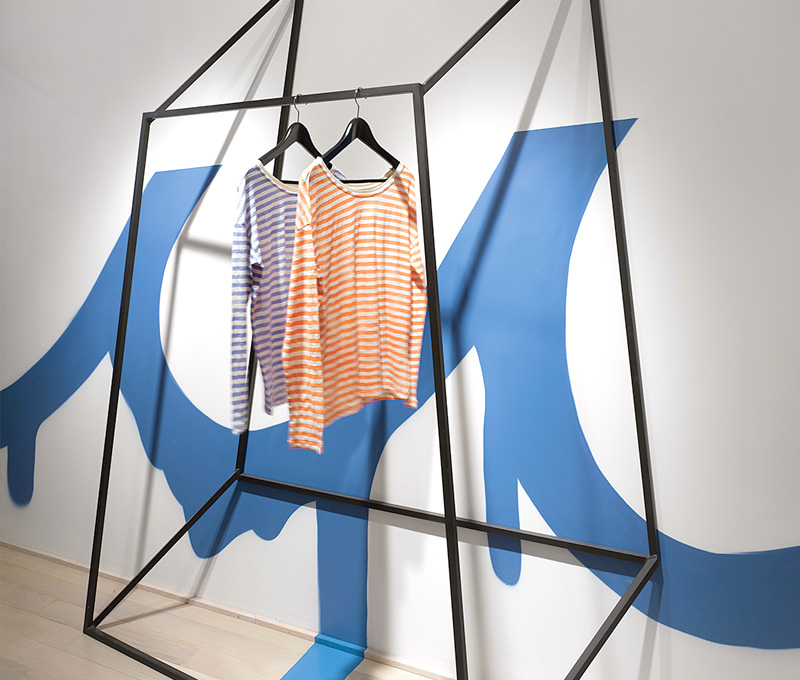
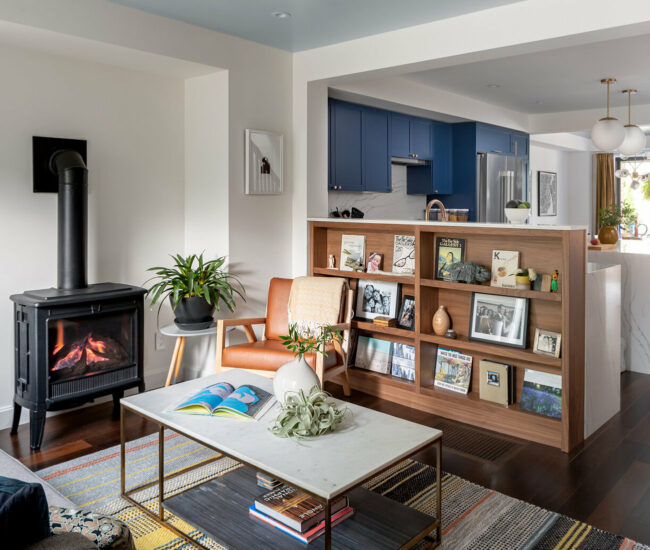
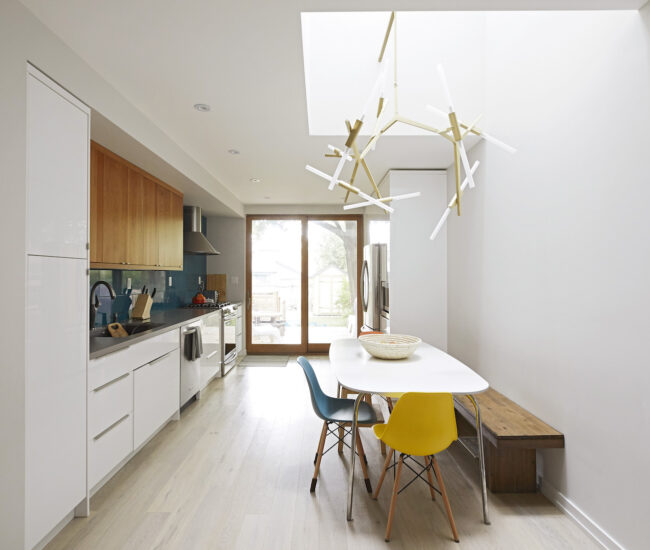
![large [medium] design office](https://www.designlinesmagazine.com/cms/media/2023/07/DL_WEB_BlackinBack_9-1024x699-1-650x550.jpeg)
